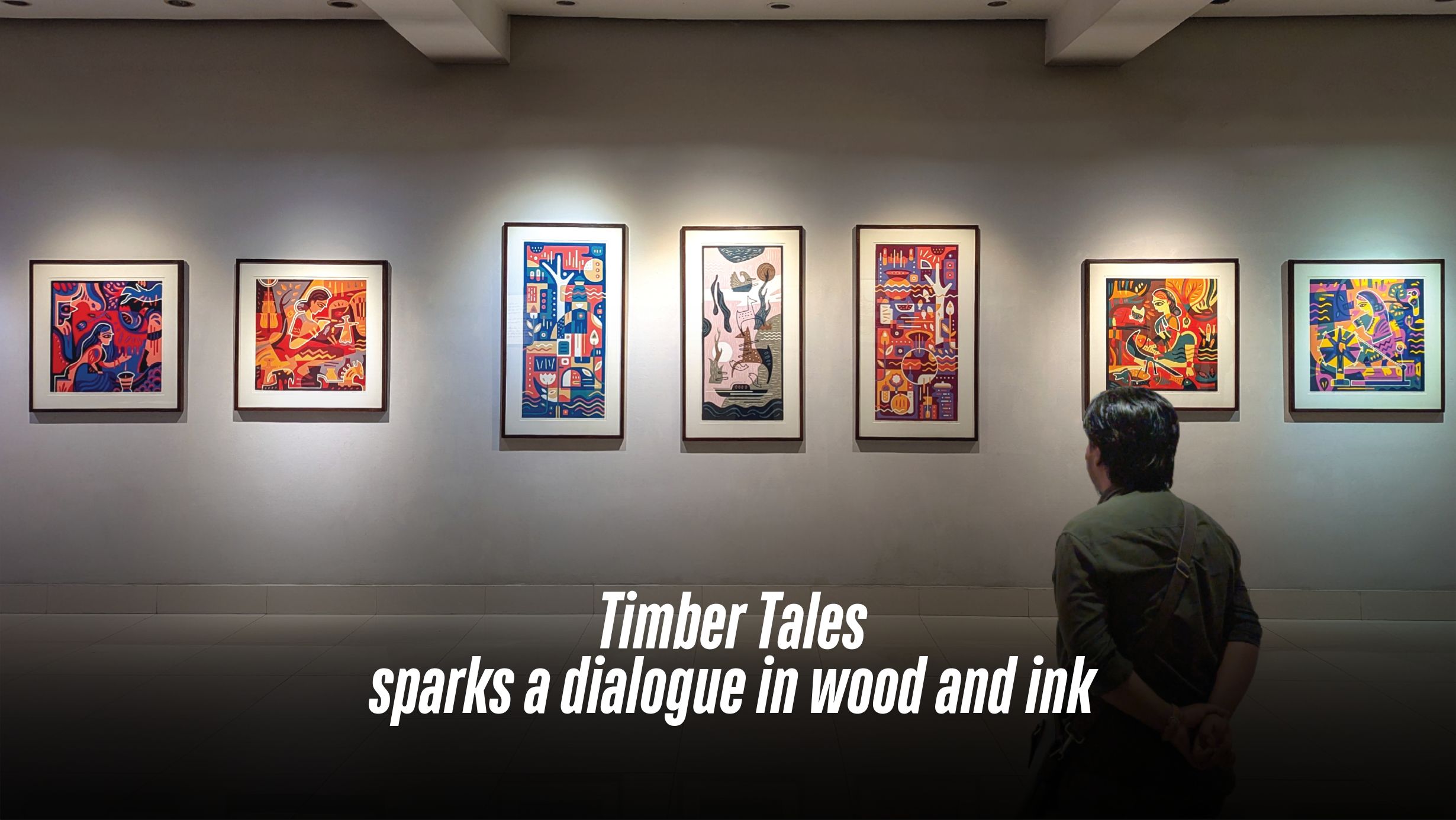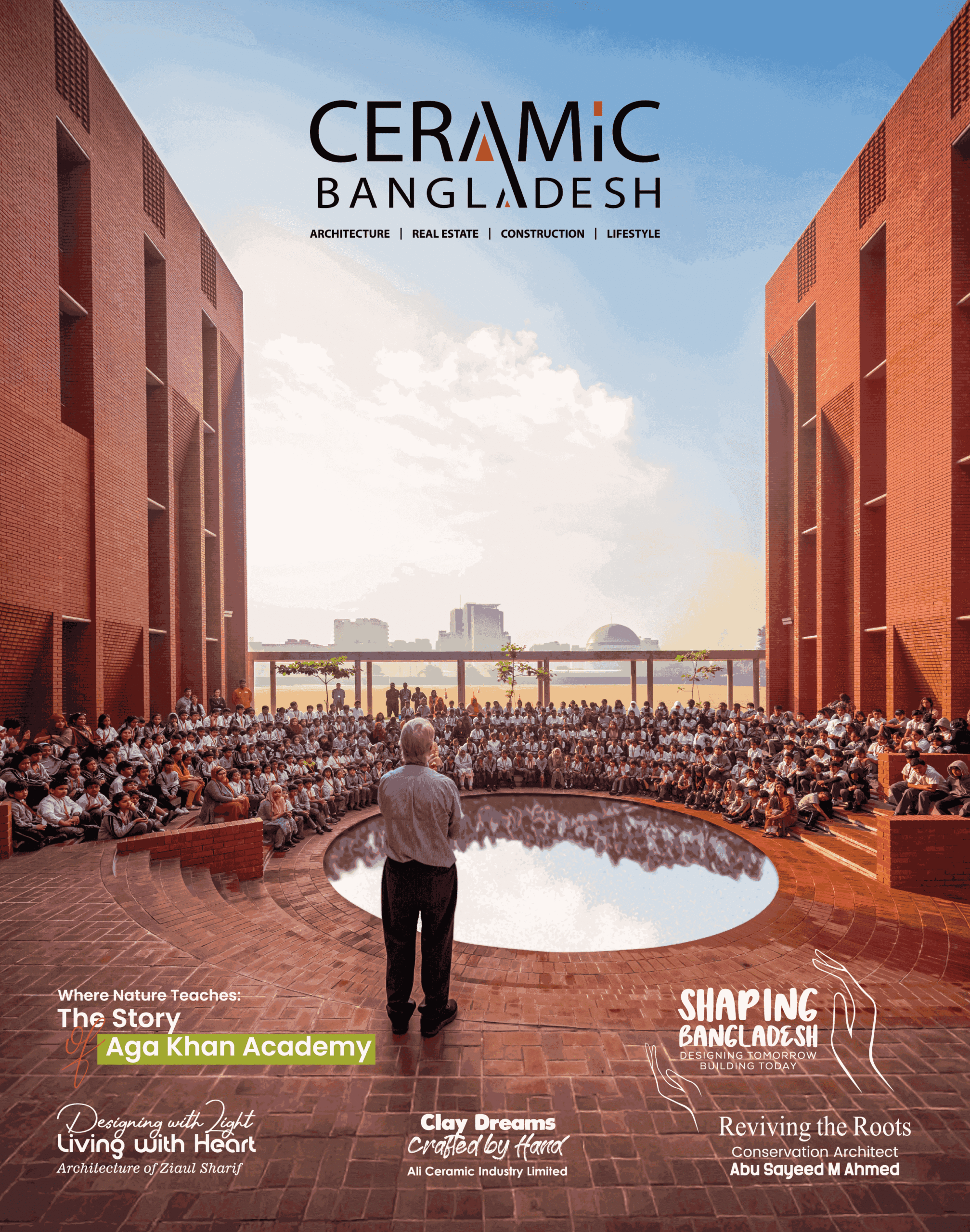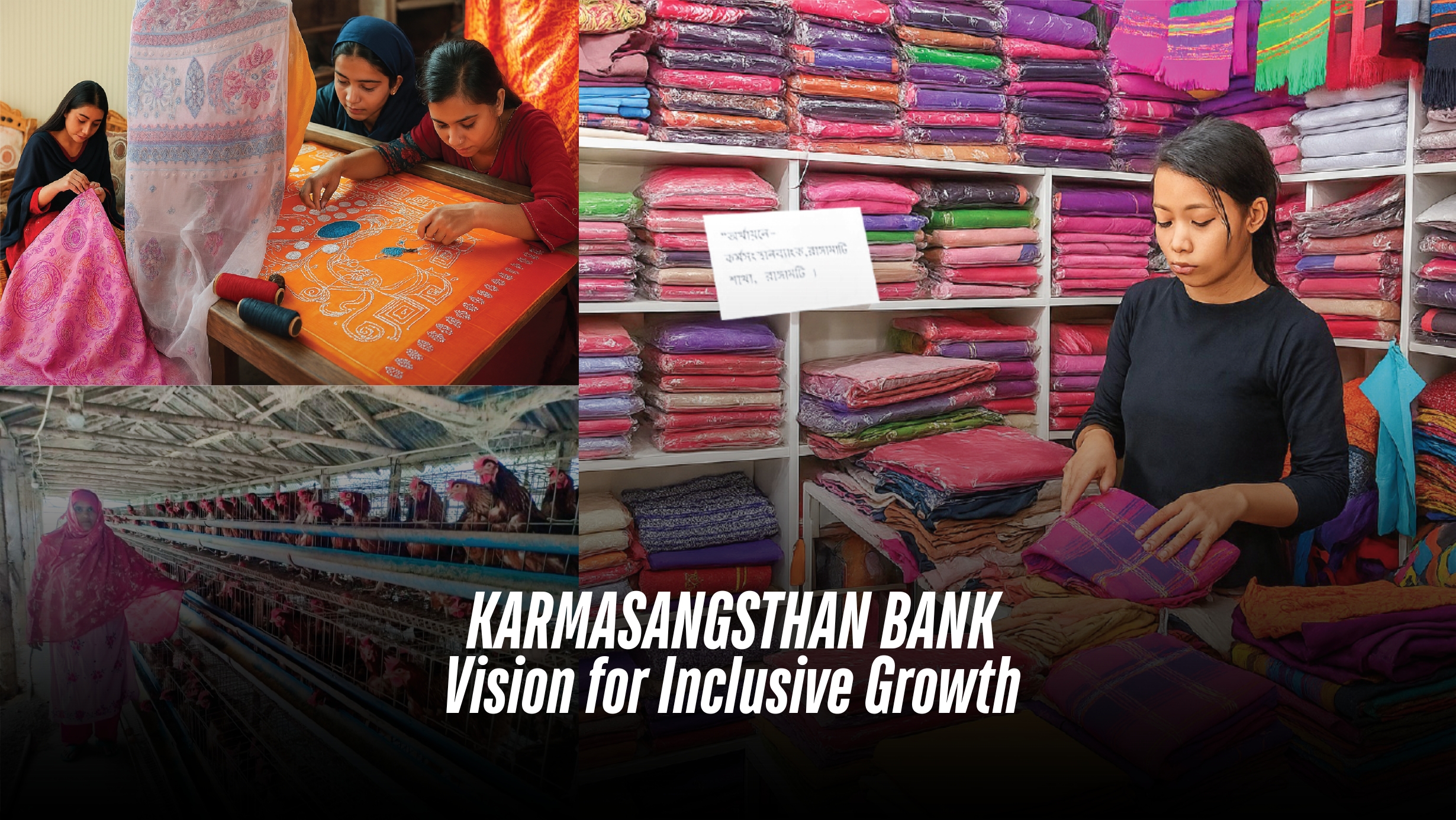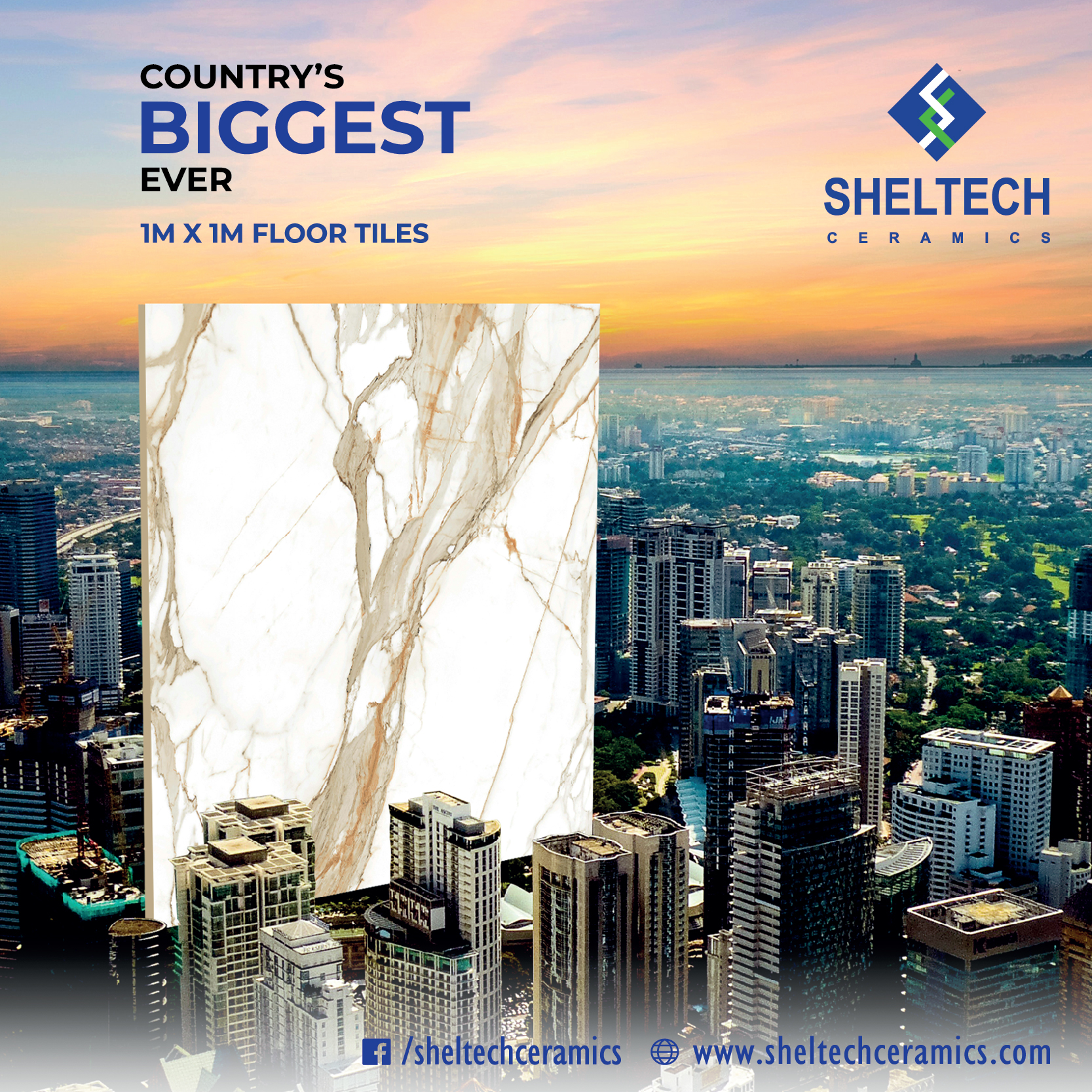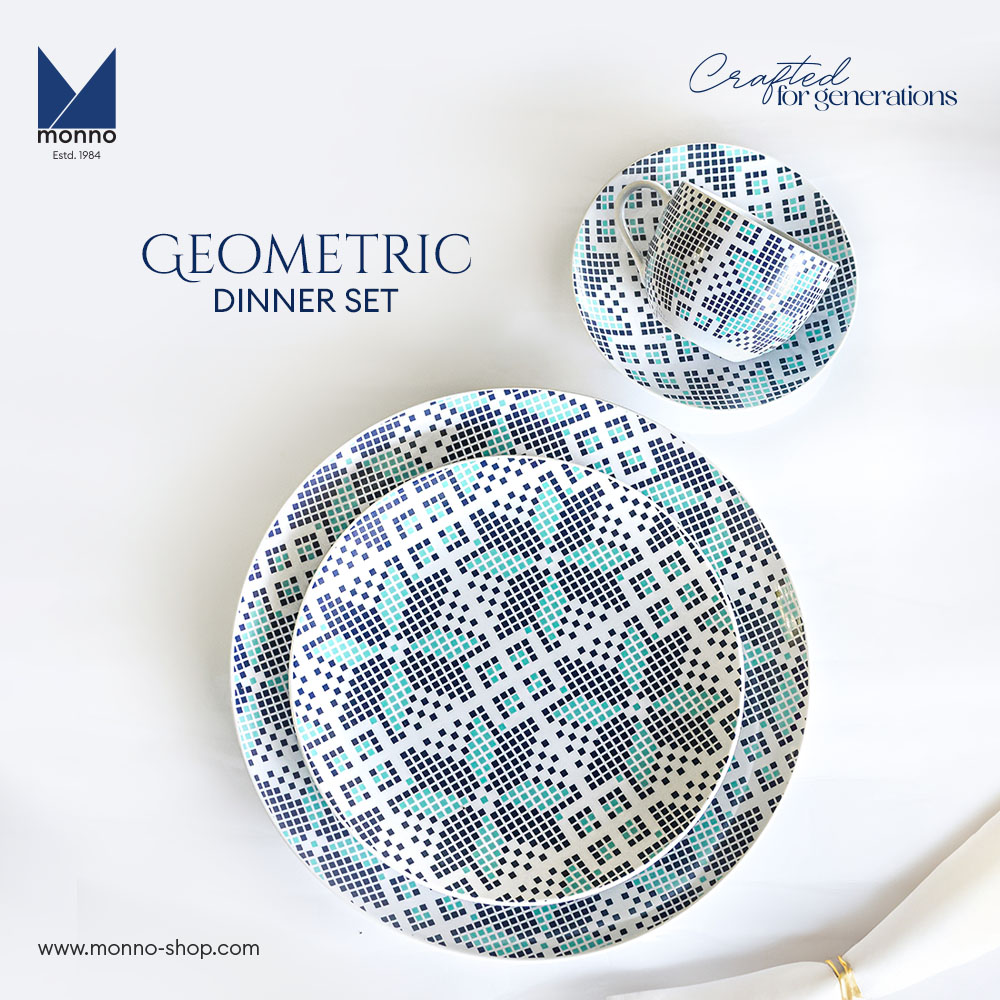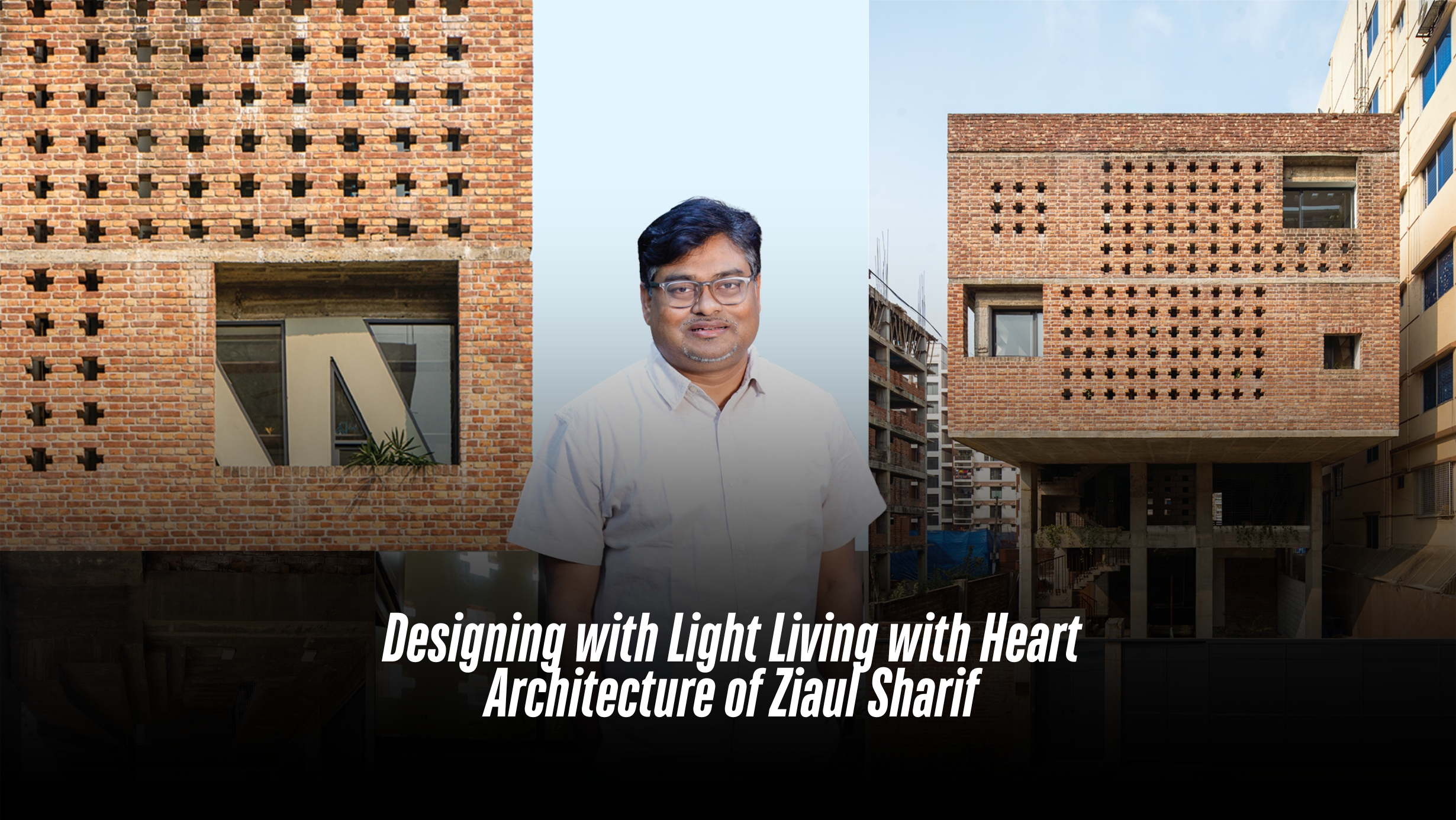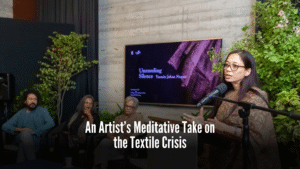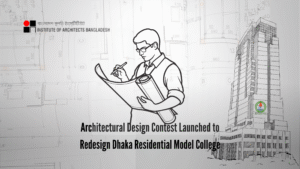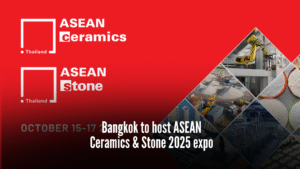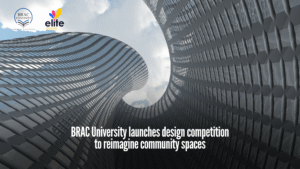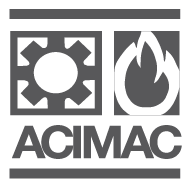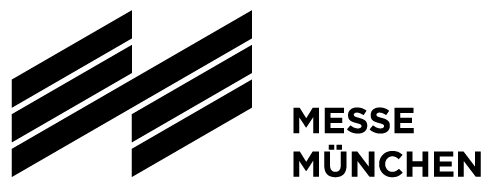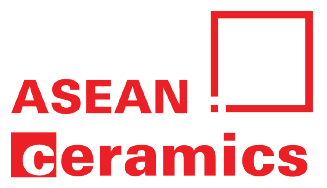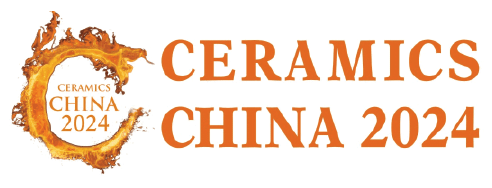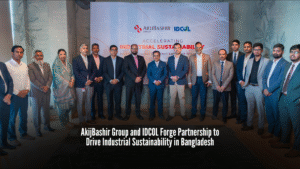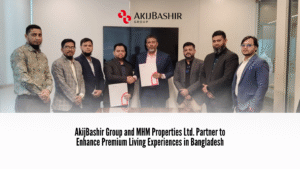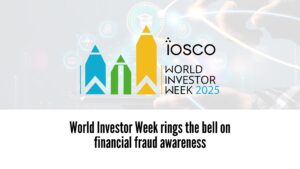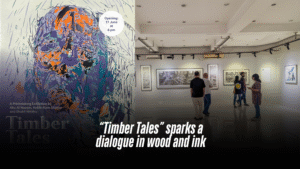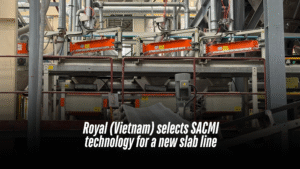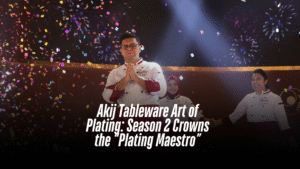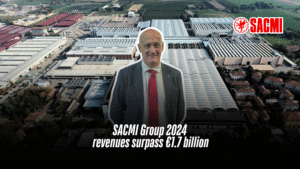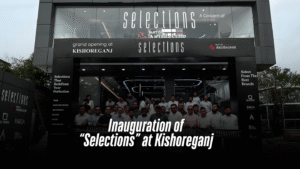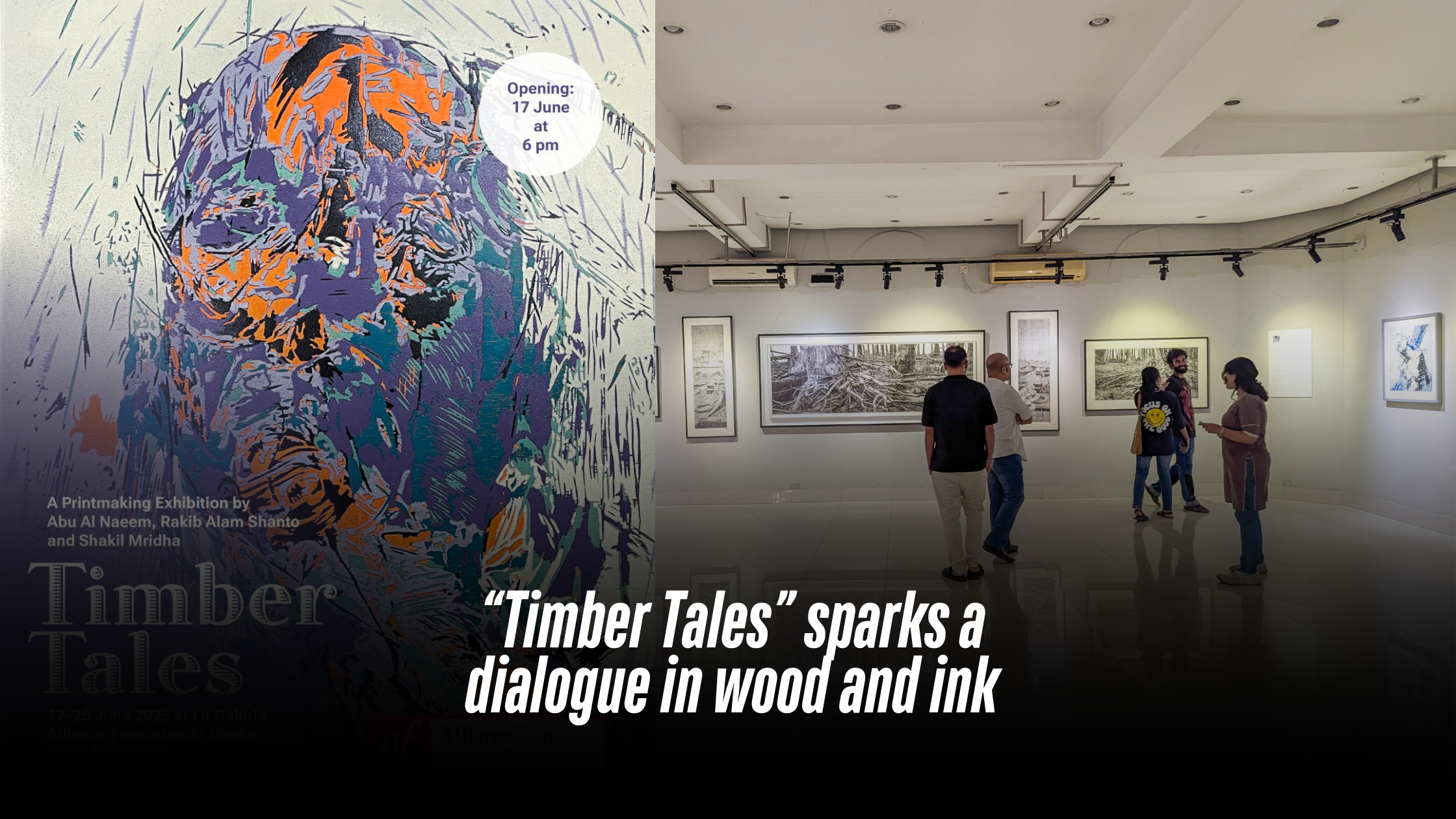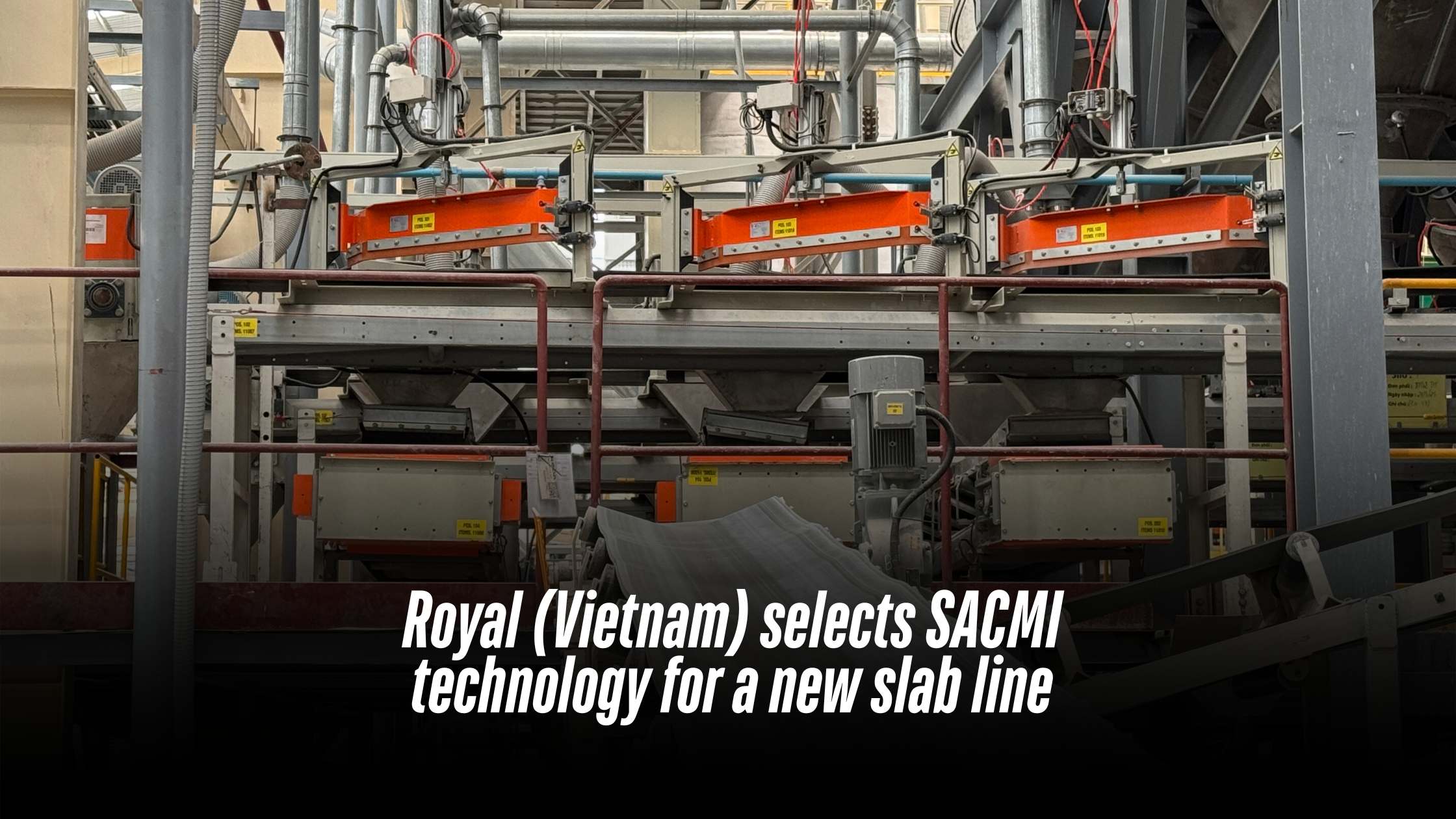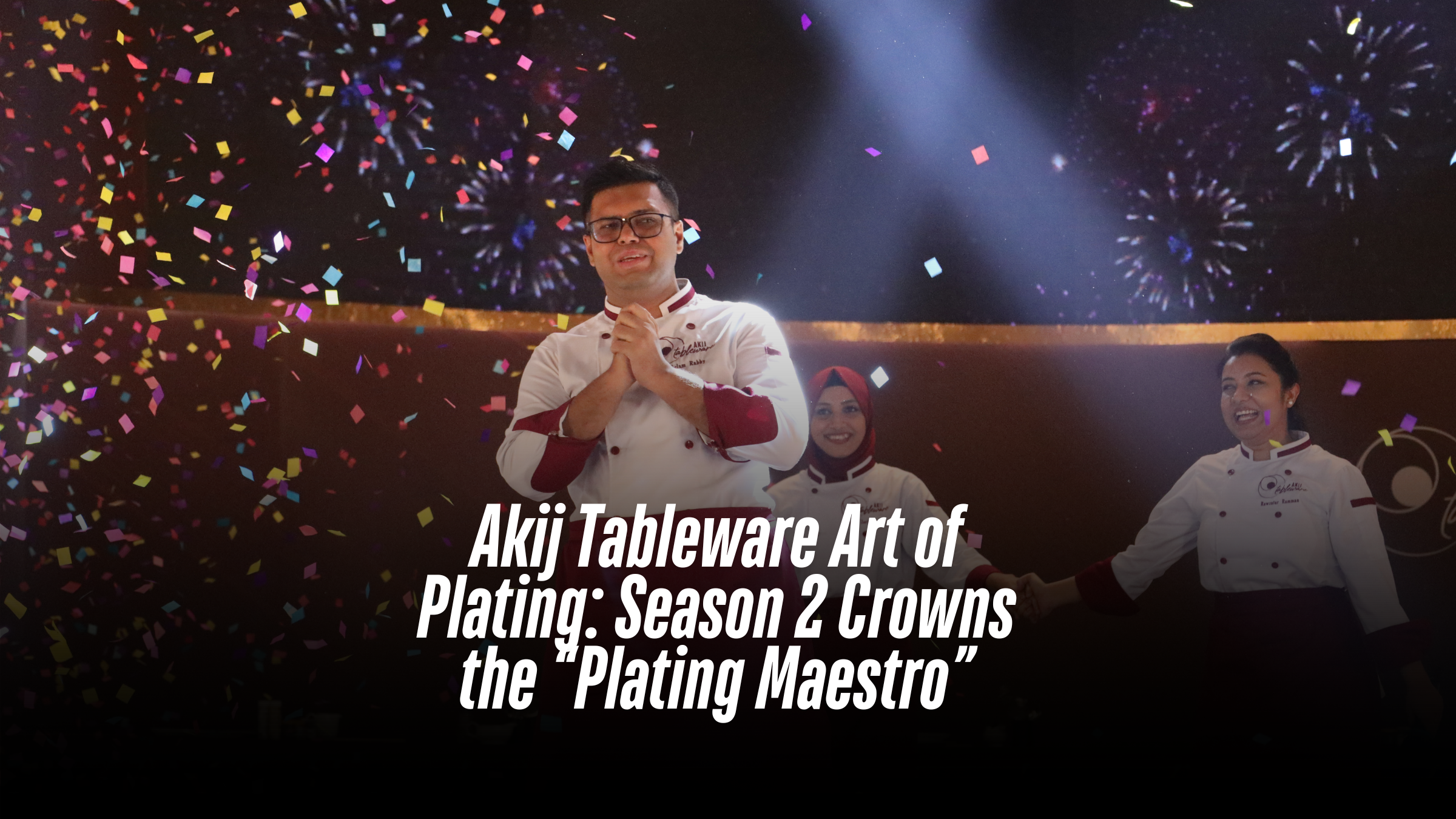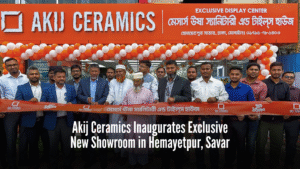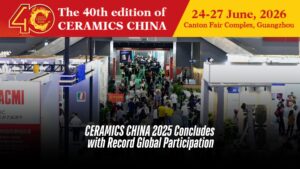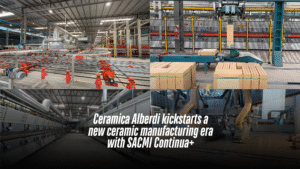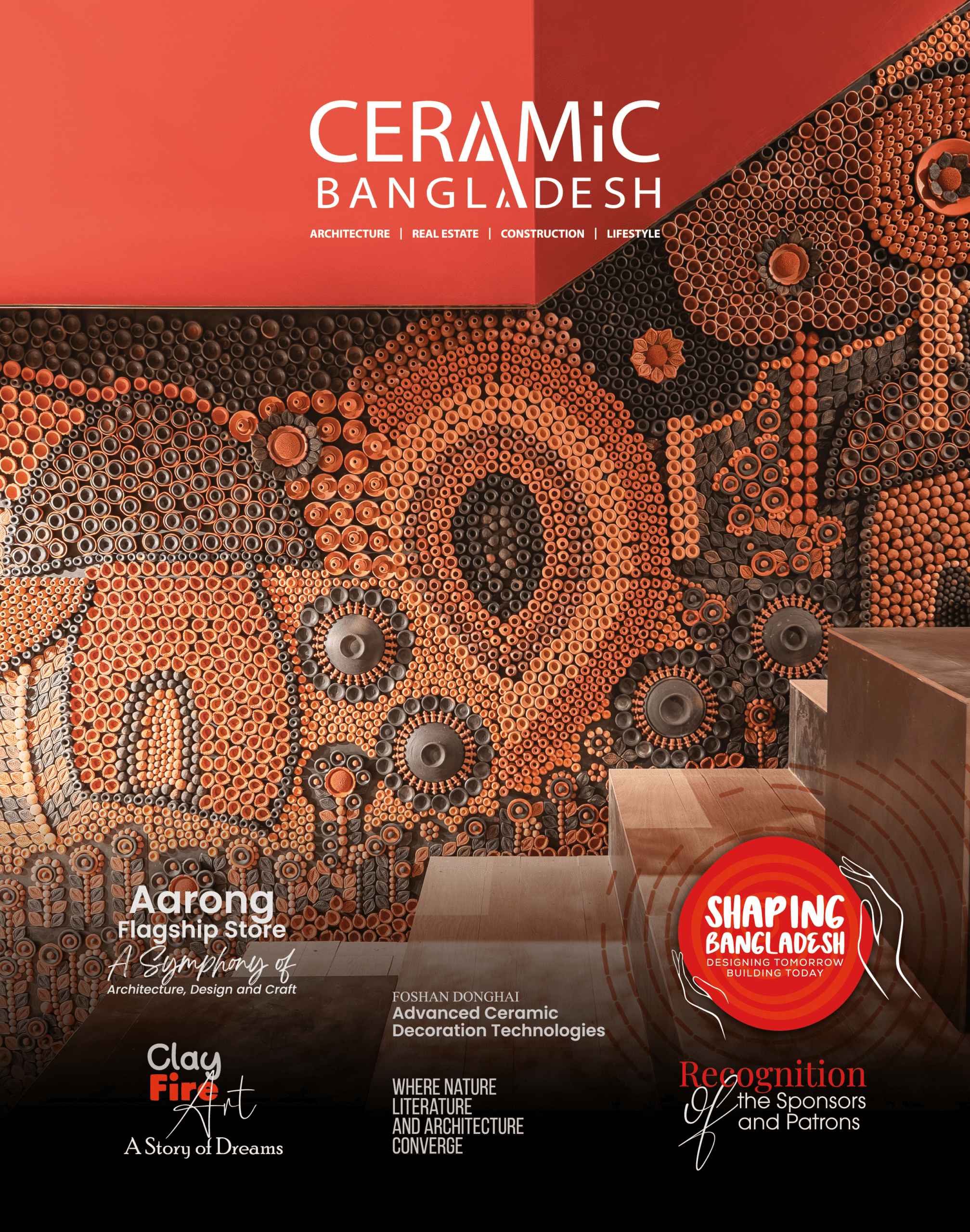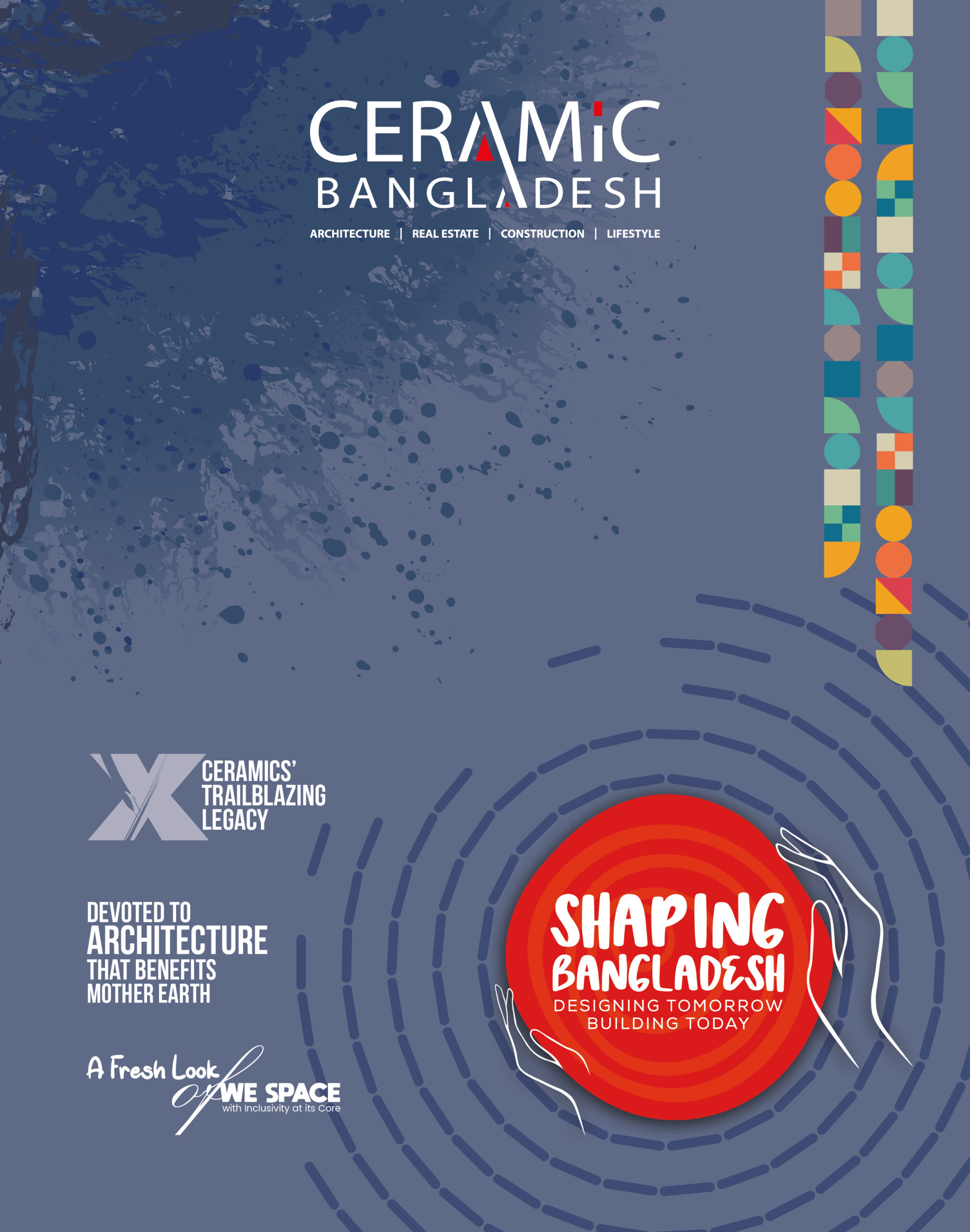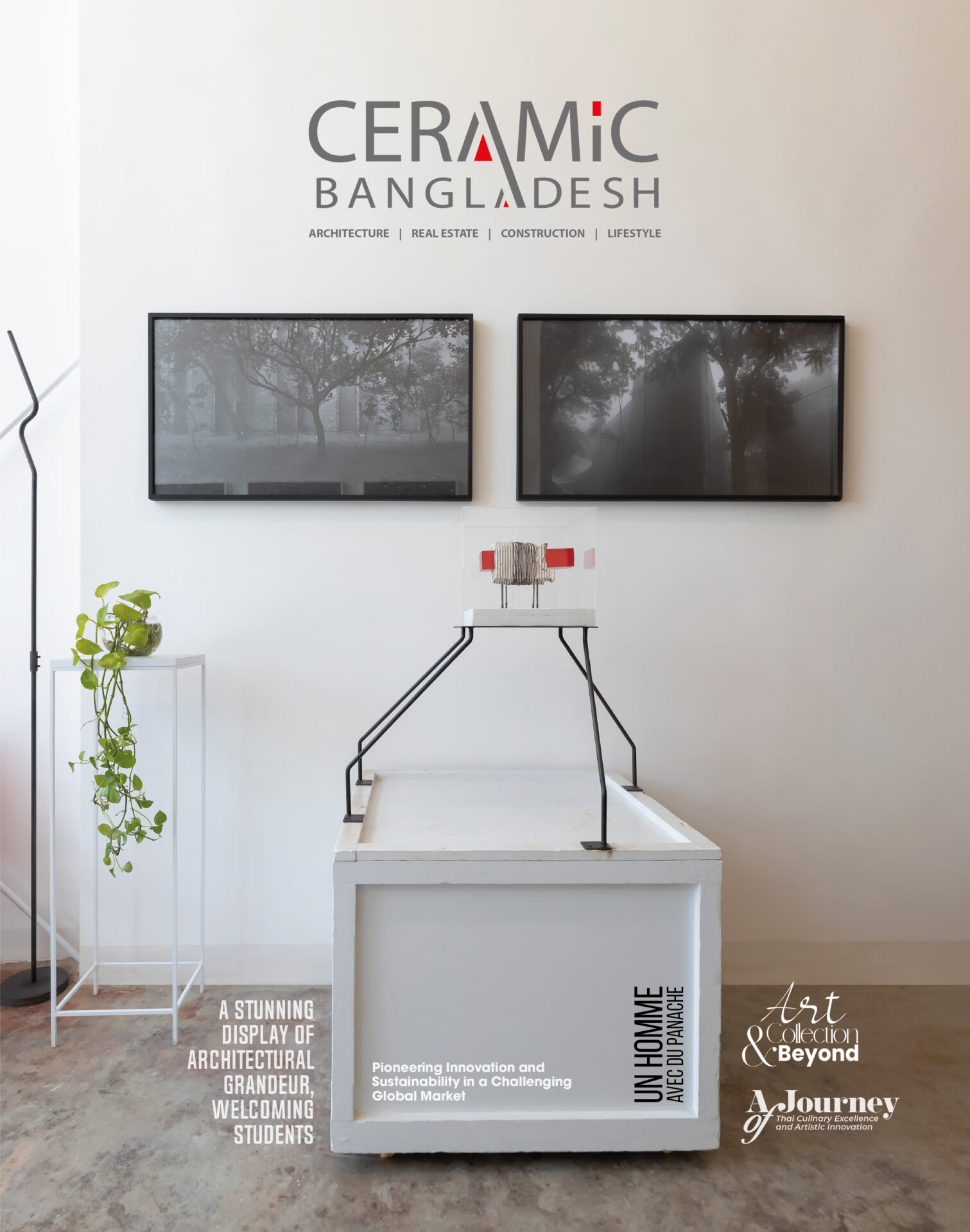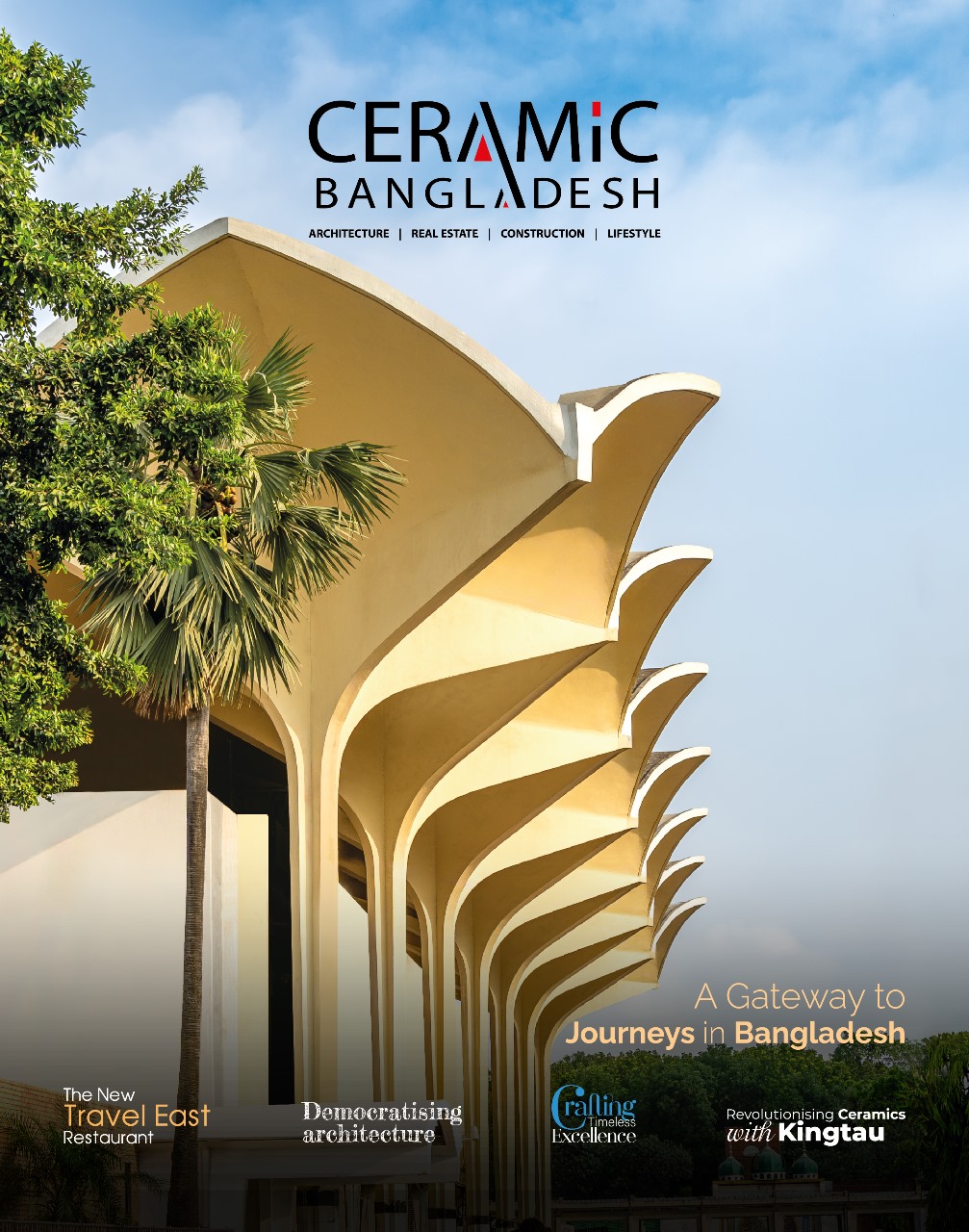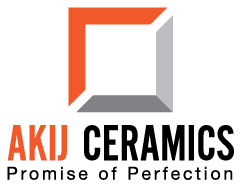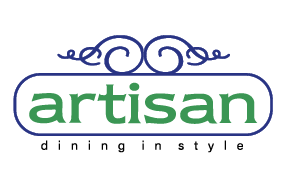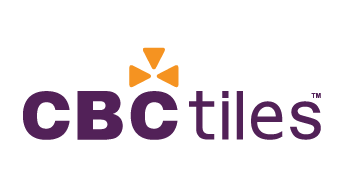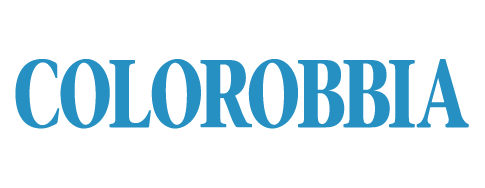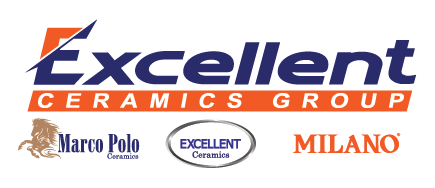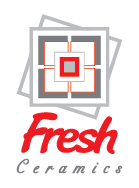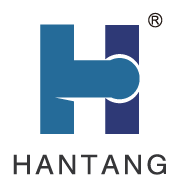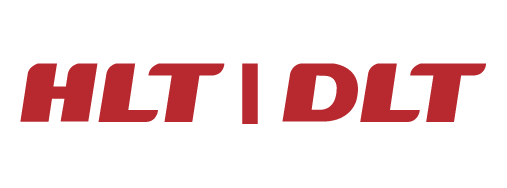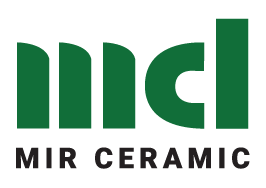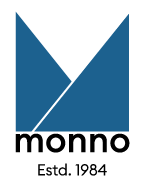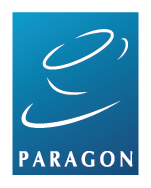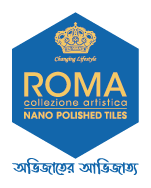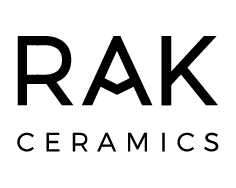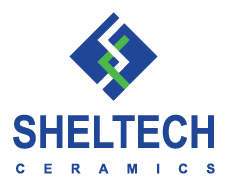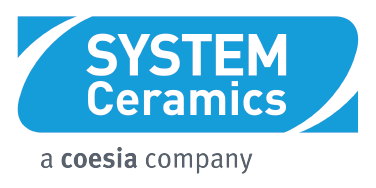Over 200 international companies and brands from the ceramics and natural stone sectors are set to convene at the ASEAN Ceramics & ASEAN Stone 2025 exhibition, scheduled to take place from October 15-17 this year at the IMPACT Exhibition and Convention Centre in Bangkok. Organised by MMI Asia, the regional arm of Messe München, in partnership with Asian Exhibition Services (AES) Ltd., the event is expected to attract more than 4,000 trade visitors. It will also facilitate over 400 buyer-seller connections, aiming to generate meaningful connections and commercial opportunities for companies across the region and beyond. Industry professionals can register for free, making the exhibition highly accessible to businesses of all sizes. The 2025 edition also marks a significant milestone with the official debut of ASEAN Stone in Thailand. This dedicated segment is being launched with the backing of Confindustria Marmomacchine, the Italian association representing the stone machinery and natural stone industry, and the Mining Council Industry Thailand (MICT), which is expected to bring an influx of global exhibitors to the Thai capital. Running alongside ASEAN Ceramics, which celebrates its ninth edition this year, the co-located exhibitions position themselves as Southeast Asia’s leading trade platform for sourcing the latest innovations, materials, machinery, and services in both the ceramics and natural stone industries. While ASEAN Ceramics covers the full spectrum of white-ware, heavy clay, and advanced ceramics manufacturing, ASEAN Stone will focus on cutting-edge tools, technologies, chemicals, and raw stone materials shaping the natural stone industry. The dual event enjoys strong backing from a wide network of industry associations and government bodies, reinforcing its status as a cornerstone trade fair for the region. Notable supporters include the Department of Industrial Promotion (DIPROM), Federation of Thai Industries, Ceramic Industry Club of Thailand (FTI-CICT), and the Thai Ceramic Society (TCS). Additional international support comes from ACIMAC (Italy), CCPIT – Building Materials Sub-Council (China), Vietnam Building Ceramic Association (VIBCA), and the Bangladesh Ceramic Manufacturers & Exporters Association (BCMEA). Conferences, Knowledge Sharing, and Cultural Elements The exhibition will commence with the ASEAN Ceramics & ASEAN Stone Conference, themed “Pioneering a Sustainable & Innovative Future for Ceramics & Stone in Southeast Asia.” The conference will bring together over 30 experts, speakers, and panelists to explore the future trajectory of these industries. Sessions will address themes such as sustainable production, digital transformation, regional competitiveness, and the role of advanced materials in future-ready infrastructure. Adding depth to the programme, exclusive pre-event factory tours will be hosted by leading Thai manufacturers Crown Ceramics and The Siam Refractory Industry Co., Ltd. These tours are designed to give attendees an insider’s look at state-of-the-art manufacturing processes, innovations in energy efficiency, and the real-world application of materials and automation in ceramic production. A key feature of this year’s event is the ASEAN Ceramics & Stone Talents Hub, an initiative aimed at bridging the gap between academia and industry. The Talents Hub will offer an important platform for companies to engage with emerging professionals, recent graduates, and technical specialists. It’s also a response to the growing need for skilled talent across materials science, design, and engineering within Southeast Asia’s fast-growing ceramics and stone sectors. Celebrating the region’s cultural roots, the event will also showcase live pottery-making demonstrations led by expert artisans from Bangkok and Nakornratchasima. These demonstrations, which use locally sourced clay, aim to highlight Thailand’s long-standing ceramic heritage, blending tradition with the creative possibilities of contemporary design. Science, Academia and Industry Collaboration Running concurrently with the trade exhibition is the International Conference for Traditional and Advanced Ceramics (ICTA). Organised by the Thai Ceramic Society (TCS) in partnership with the National Metal and Materials Technology Center (MTEC) and Chulalongkorn University’s Department of Materials Science, the ICTA conference will bring together over 15 universities and top regional researchers. The conference is expected to serve as a platform for sharing cutting-edge scientific research, university–industry collaboration models, and the latest advancements in materials technology, ceramics chemistry, and industrial sustainability. With academic and industrial stakeholders under one roof, the ICTA underscores the exhibition’s role as more than just a trade event — it is a convergence point for innovation and intellectual exchange. International Participation and Technology Highlights The 2025 edition will host an impressive range of global exhibitors, reaffirming the event’s international appeal. From the ceramics sector, major players include Siam Cement Group (SCG), ECT-KEMA, MCS Portugal, AKW (Amberger Kaolinwerke), Saint-Gobain Formula, Izawa Pigment, Guzman Minerals, Sedlecký Kaolin, Siam Technical Ceramics (STC), and MUNGYO, Gilfair, and Rajasthan Mining & Minerals. In the natural stone sector, some of the most recognised names confirmed for the show include AKEMI, Breton, Pedrini, Tenax, Italdiamant, Diabu, Chim-Italia, and Abra Iride. The natural stone industry will be equally well-represented by top-tier names including AKEMI, Midwest, Diabu, Simec, Breton, Pedrini, Tenax, Abra Iride, Chim-Italia, Italdiamant and many more — showcasing cutting-edge technologies, materials, and solutions that are shaping the future of the industry. Together, these companies represent the cutting edge of product development, fabrication technologies, surface treatments, and sustainability in materials sourcing. The event will also spotlight national pavilions from Italy (Confindustria Marmomacchine), China (CCPIT), and Thailand (TCS), as well as a dedicated EU Pavilion, which will feature the best of European ceramics and stone innovation. Attendees can expect to see a wide array of breakthrough technologies, including: 3PowerFlow Centrifugal Pump – a compact, high-efficiency pump designed for spray-drying in ceramic manufacturing, presented by Certech Group. HiCAST – a high-performance gypsum mould system for industrial-scale ceramic casting, showcased by MUNGYO. LK LAB Store – a pioneering mobile robotic warehouse system for managing slab-shaped products, developed by LK Lab. BT Master – an advanced modular system for inspecting and controlling the quality of bricks and tiles, from Ibea GmbH. Quartz Powder – high-purity silica powder with exceptional thermal stability and smooth surface finish, offered by Puresil India. Arabescato Corchia – a
